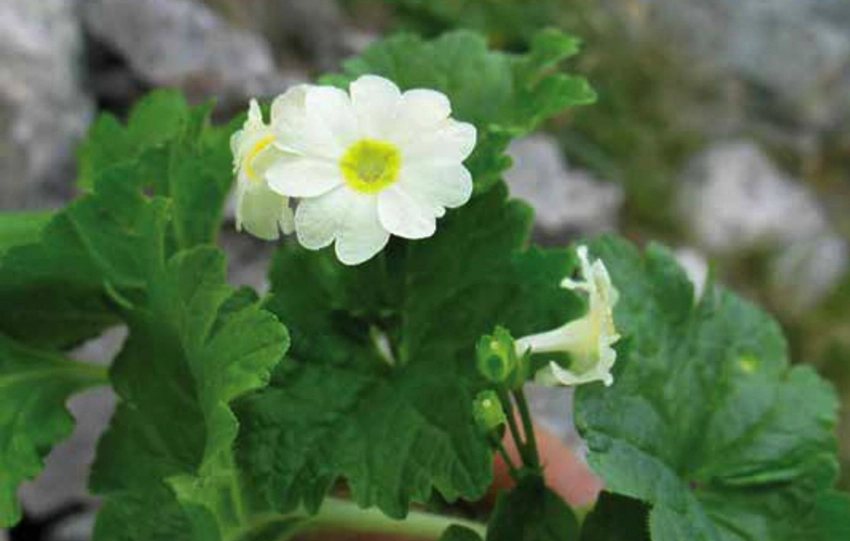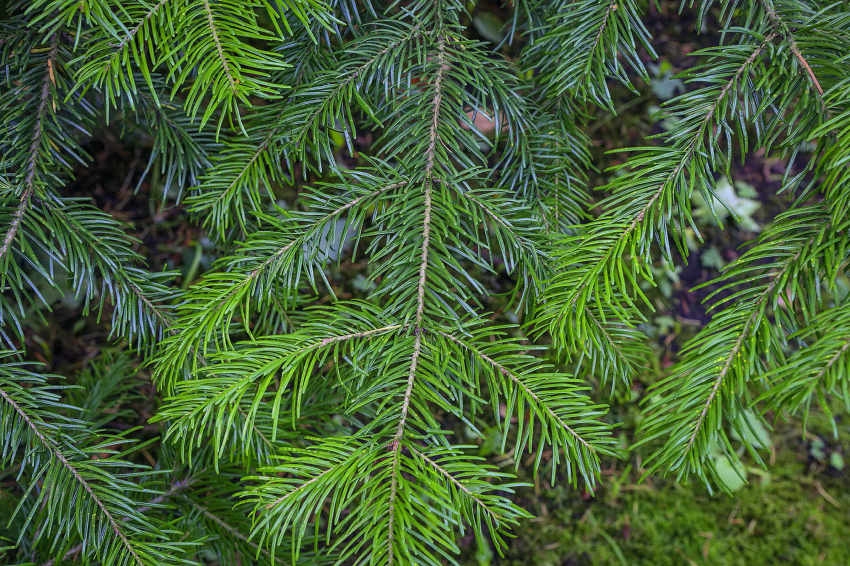RED BOOK: Key Biodiversity Area KGZ03 Sumsar
Species that initiated the designation of KBAs [and other globally threatened species that are present in the KBA but have not been confirmed to meet the global KBA criteria]: Acantholimon karabajeviorum, Primula eugeniae.

Karabaevs’ Akantalimon (Acantholimon karabajeviorum).
The species is named after the brothers Alybek and Alymkul Karabaev.
Perennial cushion plant. The pillows are low, 5–10 cm in diameter. The root is thick, taproot. The caudex is multi-headed, covered with brownish-gray remains of leaf petioles and flowering stems. The leaves are bluish-green, with calcareous spots, flat, linear,
slightly widened at the top, harsh, more or less bent, 1.5–3 cm long, 1.5–4 mm wide, with a hard point at the end, glabrous, minutely ciliated-rough along the edge. Peduncles almost straight, thin, (5)10–13 cm high.
(together with the ear), simple or briefly branched, glabrous or sparsely pubescent. ears
3–5 cm long, densely (loose below) 5–9 spikelets.
Spikelets are 8–10 mm long, usually two-flowered.
The bracts are completely bare; first outer bracts 4–6 mm long., ovoid, almost
one and a half times shorter than the internal ones, widely membranously bordered, pointed at the top, on
end with a thin pointed end; second outer bracts 8–9 mm long, obovate or broadly obovate, widely
membranously bordered, wavy at the apex, finely pointed; internal bracts 7–8 mm long, almost entirely membranous, pointed at the top or more or less rounded,
with a short point, narrowly keeled along the back.
Calyx 6–6.5 mm long, funnel-shaped; tube 4–4.5 mm long, sparsely hairy at the base; limb 2 mm long, very pale brown, slightly open, vaguely 5-lobed, with pink
or greenish veins. The petals are white, with pink central veins.
Threats: Apparently, more thorough searches will reveal other similar species. Now they
are found here more or less abundantly. However, recently in this area the operation of the Bozymchak gold-copper deposit has begun and large-scale mining is planned
developments that will no doubt threaten the existence of all these rare and endemic species.
A source of information:
G.A. Lazkov NEW SPECIES OF THE GENUS ACANTHOLIMON (LIMONIACEAE) FROM KYRGYZSTAN
Photo source:

Eugenia’s Primrose (Primula eugeniae)
Status: VU. Narrow endemic, rare, highly ornamental species. Occurs in small numbers, in a limited area in the Ferghana Range, can quickly disappear.
Description: Perennial rhizomatous plant. The leaves are broadly elliptical, serrated, glabrous above, the surfaces along the veins are softly pubescent, on long narrow-winged petioles. Inflorescence umbellate. Calyx bell-shaped, glabrous. Corolla light yellow, limb up to 20 cm in diameter. Flowers 15 - 20 cm. Corolla 3 times longer than calyx. The tie is round: filiform, with a column with a head stigma, naked. The seeds are brown.
Biological features: Beare fruits in VIII. Spread by seeds. Renewal in nature has not been studied.
General spreading and in the country: Western part of the Ferghana Range (Baubash-Ata Mountains).
Places of growth. Cracks in rocks in the Alpine and nival belts.
Quantity: Very small in nature.
limiting factors. Intensive human economic activity.
Cultivation: Very decorative, rare plant. Deserves introduction to culture.
Existing protection measures: Included in the Red Book of the USSR (1984) and in the Red Book of Kyrgyzstan. SSR (1985).
Protective measures are recommended: Organize a botanical reserve in places with the largest population of the species. Introduce into culture as a highly ornamental plant.
Source of information: Red Book of the Kyrgyz Republic. 2nd edition - Bishkek, 2007
Photo source:










